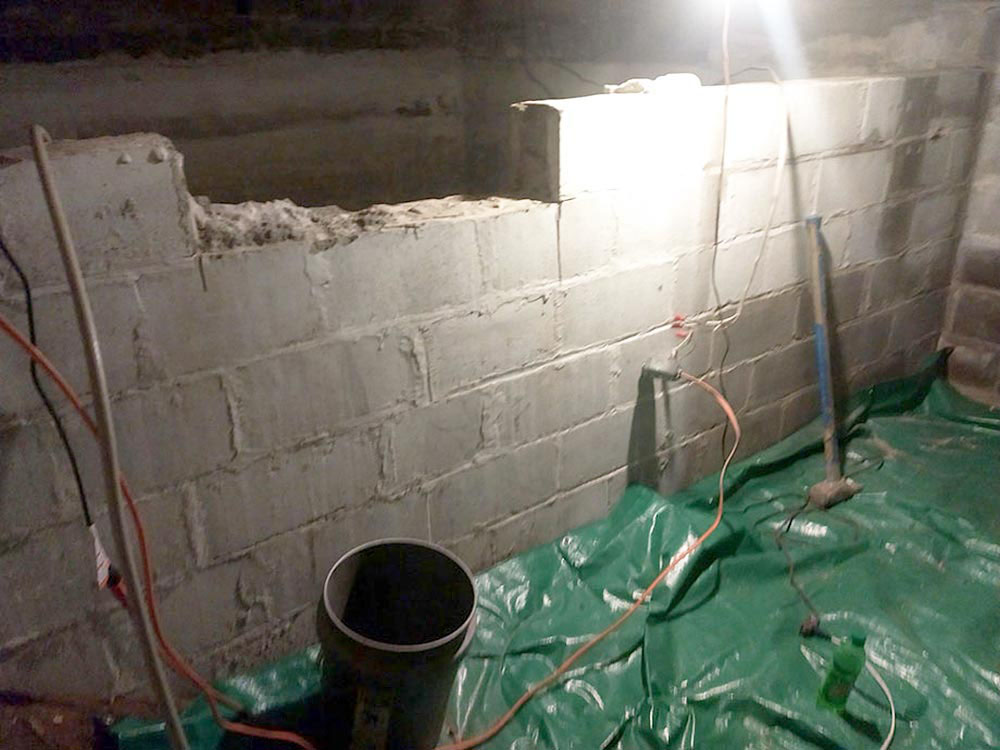The allure of old houses goes beyond their vintage charm; they are treasure troves of history, often holding secrets from bygone eras within their storied walls.
Among these hidden marvels are the cisterns, once an essential element in household water management, reflecting the resourcefulness of those who came before us.

In times when modern plumbing was non-existent, our ancestors ingeniously devised methods to gather and store water. Hidden cisterns were a cornerstone of these early systems, cleverly built into the fabric of old homes—underneath floorboards, within walls, or down in the basements.

The critical role of these cisterns was to ensure a steady water supply by collecting rainwater or water from nearby sources. This was particularly crucial in areas where water was scarce or the climate unpredictable. Cisterns provided a sustainable solution, enabling households to maintain autonomy over their water needs.
Stumbling upon a hidden cistern in an old property is akin to uncovering a piece of history. The search for these cisterns demands a discerning eye, often guided by peculiarities in the house’s design—unexpected floor designs, out-of-place tiles, or strangely constructed walls may all point towards the cistern’s hiding place.

Unearthing and restoring a hidden cistern is a nod to the past, a homage to the home’s historical narrative. It’s an opportunity to breathe new life into these ancient structures, perhaps repurposing them for modern-day applications like rainwater collection. However, such endeavors should be undertaken with care, considering the historical significance and structural integrity of the building, and often requiring the guidance of experts in heritage conservation.





